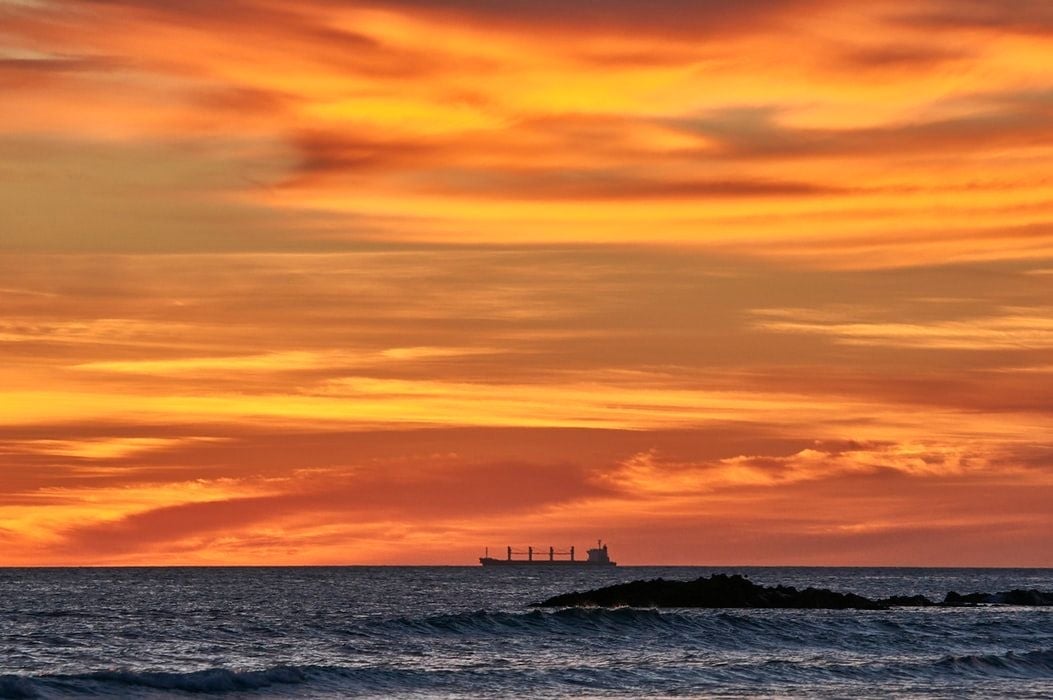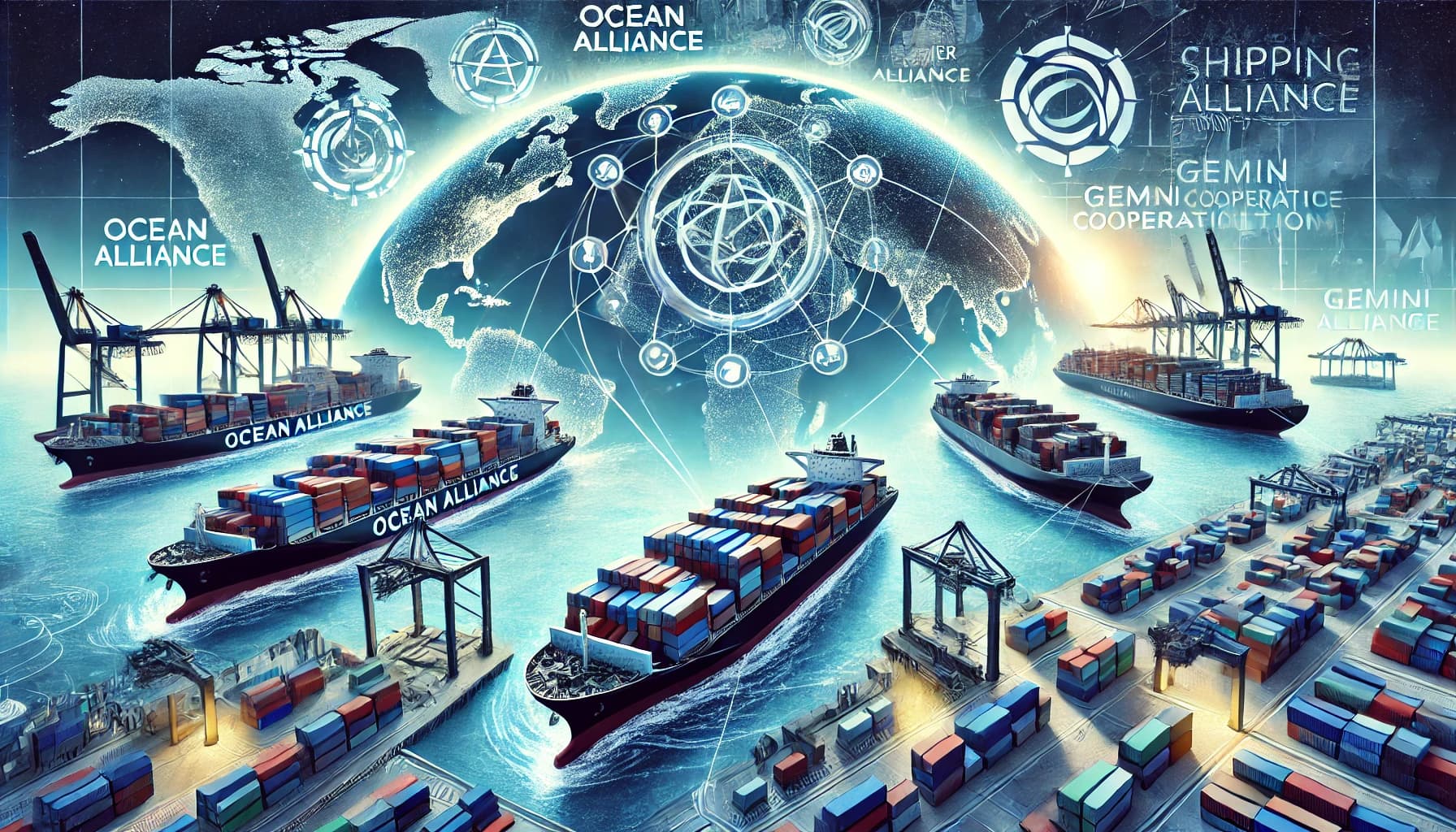The merchant navy is a vast fleet of ships and there is a lot more to it than just cargo and container ships. Indeed, many types of vessels are divided into subcategories according to their size and where they are able to sail.
One of these categories is the Supramax class of ships. But what does Supramax even mean? Let’s take a look!
A vast quantity of goods, parts and products are transported across the globe on a daily basis by numerous different types of vessels. From fishing vessels, passenger ferries and cruise ships to roro ships and car carriers to gas carriers and chemical tankers, specific ships are built to carry specific cargo types.
Read more: Everything You Need to Know About Coaster Vessels
Aside from container ships, one of the most commonly spotted vessels at sea is the bulk carrier, also known as bulker. Unlike container ships which transport goods in - you guessed it - shipping containers, bulk carriers carry loose cargo in huge (i.e. bulk) quantities.
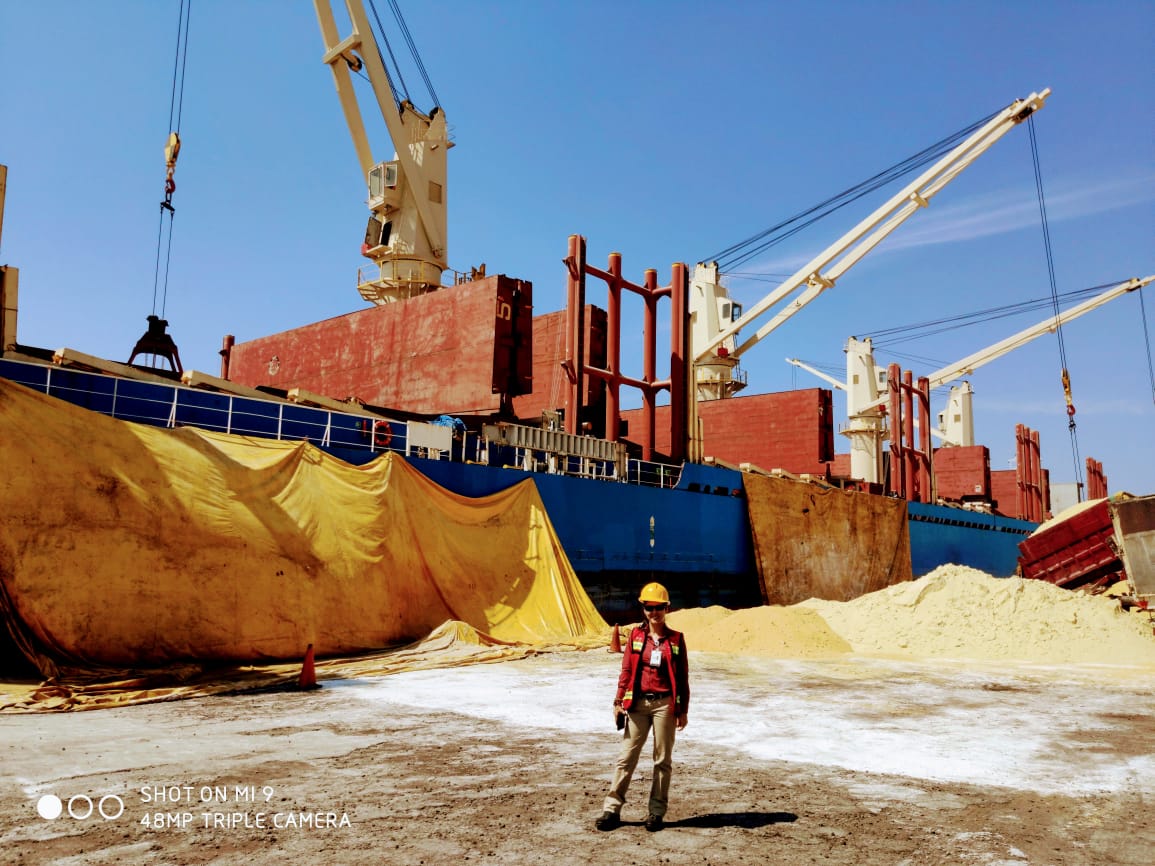
A Supramax vessel is a type of bulk carrier. Let’s take a closer look.
What are Supramax vessels and what does Supramax mean?
Returning to the bulk carrier’s loose cargo, it helps to think about how a container ship would transport products.
How does a bulk carrier transport cargo?
So while goods inside a container will be stored in boxes, crates or on pallets, a bulker’s goods are unpacked. A container ship will be used to transport goods that need to be packed: for example dairy produce will need to be stored in a specially designed, refrigerated container. These ships are known as reefer vessels.
Read more: Everything You Need to Know About Mining Ships
Fresh produce will need to be carefully packed so it doesn’t bruise in transit. Games, toys, car parts, beauty products and books will all need to be stored in boxes in a container to stop them moving around.
But what happens when a supplier or manufacturer needs to send goods that cannot be easily counted and packed into crates? For example, grains, sugar, coal and sand.
Goods like these cannot be packed neatly into boxes and they can’t be loaded loose into a container. For one, opening the doors at the end of the journey would be hazardous due to the cargo shifting while en route.
Not to mention, unloading vast quantities of sugar, for example, would be incredibly difficult.
Read more: Everything You Need to Know About Tugboats
It would also be wasteful to repackage goods into smaller units, and so, the bulk carrier exists.
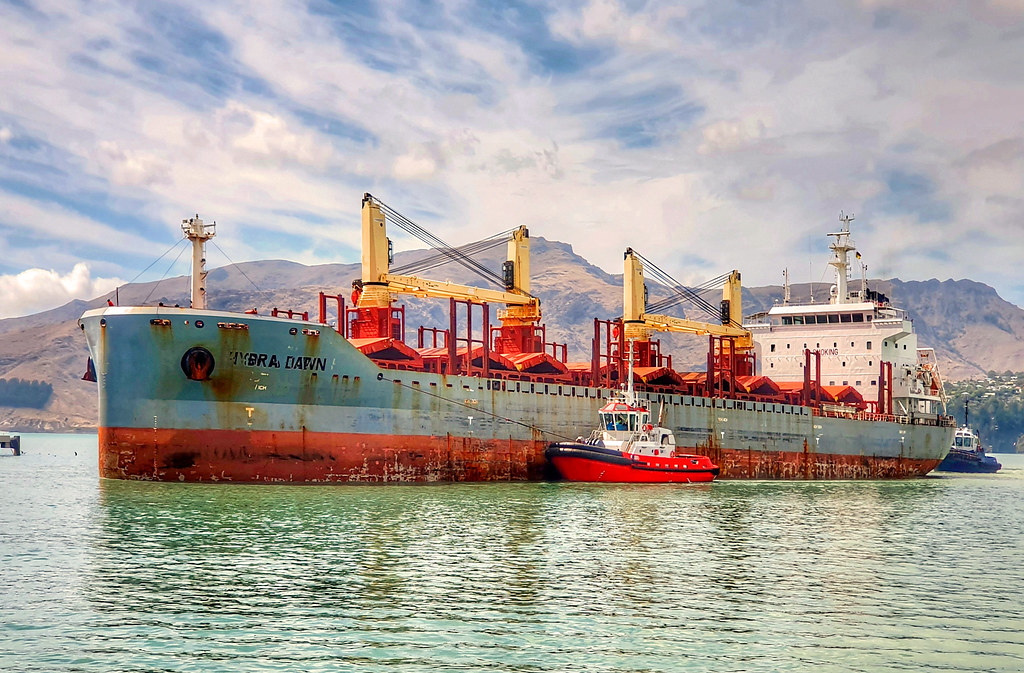
In a bulker, cargo is stored below the deck in hatches. Cargo is loaded and unloaded using cranes which are located on the vessel’s deck, as opposed to at the port. This is known as a geared vessel - i.e. it has its own lifting gear onboard.
Read more: Everything You Need to Know About Oil Tankers
Bulk carrier size classifications
It can be a little confusing at first, as bulk carriers are divided into a number of different size classes. These classes also depend on the vessel’s route and regions with the vessel’s dimensions restricted to some passages. For example:
- Capesize - vessels which are too big to pass through the Panama or Suez Canals and must therefore instead voyage round the Capes of Good Hope and Horn
- Panamax - the maximum size vessel that can transit the Panama Canal
- Post-Panamax - vessels that are too big to transit the Panama Canal
- QMax - the maximum size vessel that can dock at Qatar’s LNG ports
- Suezmax - the maximum size vessel that can transit the Suez Canal
Read more: Everything You Need to Know About LNG & LPG Tankers
So where does the Supramax vessel come into this?
Where do Supramax vessels fit into the grand scheme of things?
Unlike Panamax, Qmax and Suezmax, Supramax are not named for a geographical region or waterway. They are merely named for their size. Their immediate family are:
- Handysize: less than 40,000 DWT
- Handymax: 35,000 to 50,000 DWT
- Supramax: 50,000 to 60,000 DWT
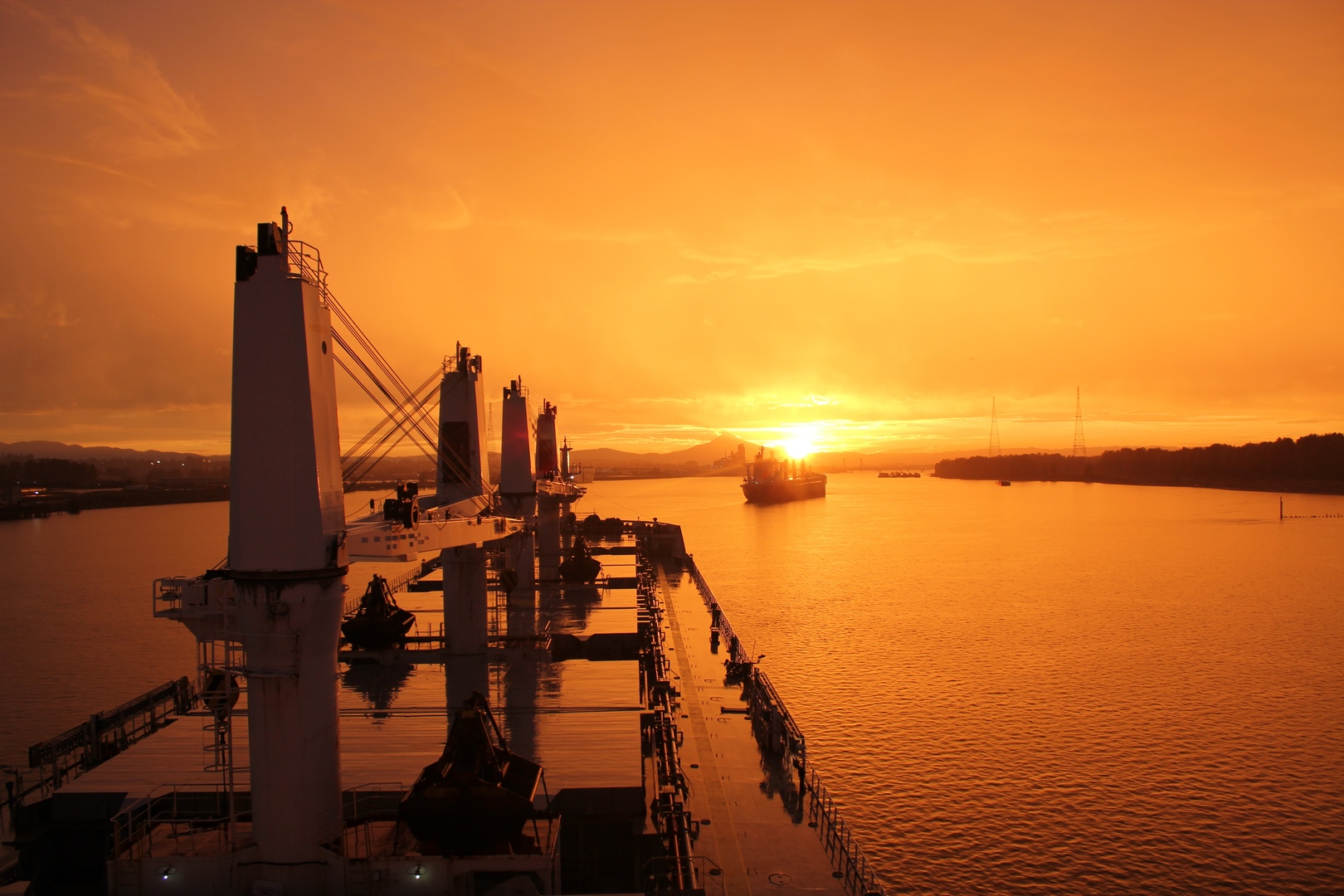
A closer look at the Supramax vessel
You will often hear of Supramax vessels being talked about in conjunction with Handymax vessels, and while they are similar in construction and function they are different in size and have different DWT, as seen above.
Wait - what’s DWT? DWT stands for deadweight tons. Deadweight is the total weight of cargo onboard a vessel plus any essentials such as fuel, fresh water, lubricating oil, gear, other supplies and, of course, the crew. It does not include the weight of the vessel or its machinery.
Read more: Everything You Need to Know About Cable Laying Ships
Supramax vessels are a popular choice with cargo shippers as they are at the smaller end of the size scale when it comes to bulk carriers. This allows them to transit more canals and dock at a greater number of ports. However, they also have a greater capacity than Handymax and coaster vessels.
Their onboard cranes also make them a good choice for calling at ports which don’t have full loading and unloading facilities.
Supramax vessels fast facts
Here are a few important facts about Supramax class vessels:
- They can range between 150 to 200 meters in length
- They normally have five cargo holds - often three or four will contain ore and the remainders will hold grains
- Most Supramax vessels have four or five cranes with a lift capacity of between 25mt and 40mt
- The majority of newer bulkers, including Supramax have a double hull construction
- Because of their popularity, the smaller Handymax vessels are being retrofitted to Supramax specifications
Read more: Everything You Ever Wanted to Know About Crane Vessels
Supramax vessel design
On a Supramax vessel the superstructure (the large white building protruding from the deck) is normally situated at the stern of the ship. In the superstructure are the bridge from where the vessel is navigated, the crew quarters, and the equipment and machinery needed to operate the ship. A superstructure on a Supramax vessel is normally between 40 to 50 feet high.

The rest of the space on the upper deck is given over to (normally) four cranes and the covers for the cargo hatches.
Below the main superstructure is the machinery section which is mostly located in the engine compartment. This area houses auxiliary machinery as well as the engine and propeller shafts, which are placed on platforms specially designed to absorb vibrations and shocks.
Read more: Everything You Need to Know About Pilot Boats
Most Supramax vessels are powered either by a twin-stroke marine diesel engine that works in conjunction with a fixed-pitch propeller, or by two four-stroke engines that work variable pitch propellers.
The anchor and its machinery are located at the ship’s bow.
The day to day running of a Supramax vessel
The majority of Supramax vessels follow routes that are dictated by the supply and demand of cargo. Goods transported can vary depending on this supply and demand too, for example, a bulk carrier that is transporting cement on its outward voyage might unload this at the destination and then pick up a cargo of timber for its return journey.
Read more: Everything You Need to Know About Offshore Vessels

Something else that has an effect on routes is the turnaround time at port. While the crew on many modern vessels barely have time to breathe once they arrive in port, let alone enjoy days of shore leave, bulk carriers are well known for their lengthy cargo operations.
So while a container ship might be in and out of port in just 12 hours, a Supramax vessel could be unloading and loading for up to 60 hours. Having said that, these types of geared bulker (meaning they have their own cranes onboard) do actually make the whole process quicker than relying on the port’s cranes.
In addition to the complexities of unloading loose bulk cargo, we also need to take into consideration that the holds will need to be thoroughly cleaned before new cargo can be loaded, usually using high power water jets.
The number of crew onboard a Supramax vessel will vary depending on the type of cargo and the ship’s route, ranging from just 10 crew members up to 30. Smaller ships will sail with less crew, whilst the bigger vessels will often require a larger crew in order to deal with repair work and ongoing maintenance.
Officers onboard are normally restricted to the Master, Chief Engineer, Chief and Second Officers, with crew members and ratings making up the bulk of the workforce on larger vessels.
What are some other types of merchant vessels?
If you’re interested in finding out more about other types of vessels in the merchant fleet, why not take a look at some of our other blog posts. For example, if you’ve ever wanted to know what a feeder ship or a heavy lift vessel is, or exactly what icebreaker ships, lightships, dredgers and fireboats do, we have the answers!
Meanwhile, why not follow us on Facebook, LinkedIn and Twitter / X too?
Read the previous article in this series: Everything You Need to Know About Cruise Ships
Read the next article in this series: Everything You Need to Know About Fishing Vessels

Eve Church
Eve is Martide's content writer, publishing regular posts on everything from our maritime recruitment and crew planning software to life at sea. Eve has been writing professionally for more than two decades, crafting everything from SEO-focused blog posts and website landing pages to magazine articles and corporate whitepapers.
UK

is the only site for maritime jobs

